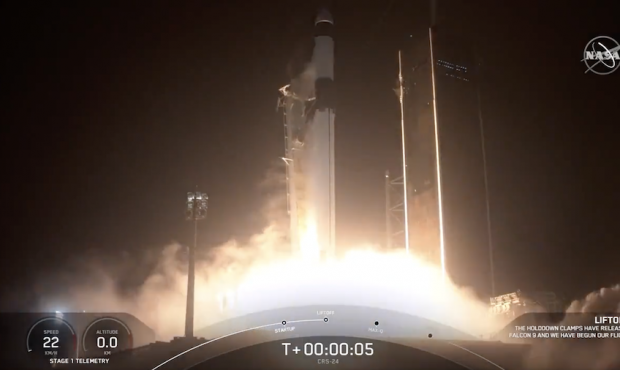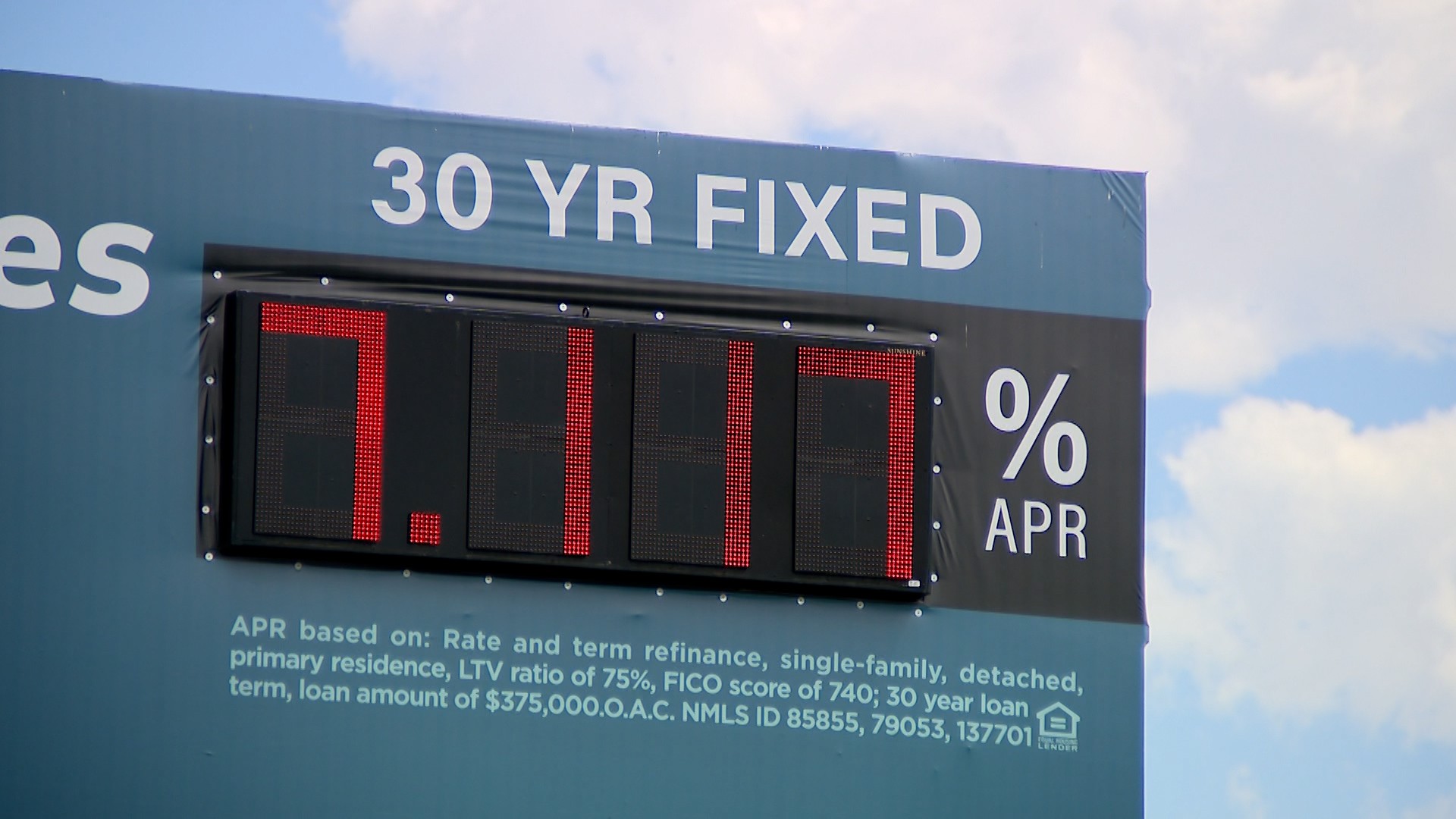Satellite built and designed by USU students launched into space
Dec 20, 2021, 4:58 PM | Updated: Dec 21, 2021, 7:03 am

SpaceX’s Falcon 9 rocket launches from Kennedy Space Center’s Launch Complex 39A in Florida, on Dec. 21, 2021. This launch marks the company’s 24th commercial resupply services mission for NASA. (Photo credit: NASA)
(Photo credit: NASA)
LOGAN, Utah – NASA launched a small satellite into space that was designed and built exclusively by undergraduate students at Utah State University.
The CubeSat is part of the payload on the SpaceX CRS-24, which took off on a Falcon 9 rocket early Tuesday morning.
The rocket is bound for the International Space Station, where astronauts will load it into something called a NanoRacks CubeSat deployer.
Check this out – on board this rocket is the first satellite built completely by undergrad students….at Utah State University! How 'bout them Aggies?! 🙌 I'll tell you more about this coming up on KSL Today! @USUAggies https://t.co/mkQfK69N8g
— Shara Park🌹 (@KSLSharaPark) December 21, 2021
A news release from USU said it will be the first time NASA launches a satellite that was built entirely by university undergraduates.
“It’s been a huge undertaking and a lot of work to meet NASA’s stringent deadlines,” said student GAS team coordinator Jack Danos, who leads a team of about 20 undergraduates. “Our team members are busy with demanding classes, as well as jobs to support themselves. They’re performing professional-level space research on top of all of that.”
It took the students more than eight years to prepare the Get Away Special Passive Attitude Control Satellite (GASPACS).
GASPACS measures 4 square inches. It uses a custom-built inflatable aerodynamic boom to passively stabilize its orbit.
A news release said the 1-meter boom will work like feathers on an arrow to stabilize the satellite.
“Without the boom, the satellite would slowly spin as it orbits, but the small amount of air still present in low-Earth orbit allows the satellite, equipped with the boom, to aerodynamically stabilize,” Danos said. “You can imagine these principles – a compact design that expands in space and a passive control solution that requires no power sources – being applied to much larger structures needed for space exploration and research.”
The student designers will monitor the mission via a live transmission from the space station to the USU campus.
The university said it holds the world record for the most experiments sent to space by students. USU has more information on the GASPACS project here.














